
How to Untangle Thin Necklace With This Simple Trick
If you’re wondering how to untangle thin necklace chains without causing damage, the key is patience and the right technique. Start by laying the necklace flat on a microfiber cloth and applying a drop of baby oil or olive oil directly to the knot. Gently massage the oil in, then use a fine sewing needle or pin to carefully work into the knot’s center, loosening it without pulling. Wipe the chain clean with a soft cloth afterward. This method works especially well for delicate pieces—like those in our Thin Gold Necklace collection—and helps keep them tangle-free and looking their best.
Gather Your Supplies
Preparation is key to successfully untangling a thin necklace. First, select a well-lit, clean workspace to avoid losing small components. You’ll need two fine-tipped tweezers or sewing needles, a magnifying glass for intricate chain links, and a soft microfiber cloth to protect delicate necklace types.
Grab a bit of baby powder or mineral oil; these lubricate tight knots without harming most metals. Verify you have a pin or safety pin for precise manipulation, especially when untangling complex knot techniques often found in dainty chains or layered necklaces.
Keep a small dish nearby for clasps or pendants that might detach. Always handle each necklace type gently to prevent stretching or breakage. Proper supplies reduce the risk of damage and make detangling efficient and safe.
Lay Out Your Necklace
Before you begin untangling, carefully place your necklace flat on the microfiber cloth, ensuring the chain isn’t twisted or bunched.
Spread the necklace out so every section is visible and accessible. This step is essential for both necklace organization and minimizing potential damage.
Gently straighten the chain using your fingers or tweezers, taking care not to pull or strain any links. Maintain a well-lit workspace to spot knots easily and prevent further tangling.
Properly laying out your necklace helps you identify the most complicated knots and loose areas, streamlining the untangling process.
Incorporate this precise method into your jewelry storage routine to keep delicate chains separated. Good organization habits reduce the risk of future tangles and preserve the longevity and beauty of your jewelry collection.
Add a Drop of Baby Oil or Olive Oil
If your necklace’s knots feel stubborn or tightly wound, apply a tiny drop of baby oil or olive oil directly onto the tangled area.
Using a cotton swab or your fingertip, gently massage the oil into the knot. Baby oil benefits include its ability to lubricate fine chains without causing damage or residue, making it ideal for delicate jewelry.
Olive oil uses in this situation provide similar lubrication, helping the metal links slide past each other more smoothly.
Avoid overapplying; a single drop is sufficient to prevent mess and guarantee easy cleaning afterward.
Once the tangle loosens, carefully manipulate the chain with your fingers.
After untangling, wipe the necklace thoroughly with a soft cloth to remove any excess oil and maintain shine.
Use a Pin or Needle for Precision
Once you've applied a drop of oil to loosen stubborn knots, reach for a pin or sewing needle to address tight tangles with greater accuracy.
Pin techniques allow you to carefully isolate individual loops within the knot without straining delicate links. Choose fine needle options, such as a stainless steel sewing needle or a straight pin, to minimize risk of scratching or bending the chain.
Hold the necklace steady on a flat, clean surface. Gently insert the pin’s tip into the center of the knot, using slow, controlled movements to separate intertwined sections. Avoid excessive force, which can damage fragile chains.
After each attempt, wipe away oil residue from the pin to maintain a secure grip and prevent slippage. Work patiently to avoid breakage.
Gently Work the Knot Loose
Ease the knot apart by gently maneuvering the loosened sections with your fingers or a pair of tweezers. Focus on each loop within the knot, applying minimal pressure to avoid stretching or kinking the delicate chain.
Use careful knot techniques: work from the outer edges toward the center, slowly teasing apart any intertwined links. If the chain resists, pause and reposition your tools to prevent accidental breakage.
Maintain a steady hand and avoid yanking, which can permanently damage fine jewelry. For ideal jewelry care, avoid using excessive force or sharp implements that could scratch the surface.
Patience is essential—rushing may tighten the knot further. Once the segments naturally separate, continue to manipulate the chain gently until the knot fully loosens.
Rinse and Clean Your Necklace
After separating the knot, you'll want to remove any residue or oils left behind from handling the chain.
Begin by identifying your necklace materials—gold, silver, or plated metals require different cleaning methods. For gold or silver, fill a small bowl with lukewarm water and add a drop of mild dish soap. Submerge the necklace for a few minutes, then gently agitate it with your fingers.
Use a soft-bristled brush to clean intricate links, ensuring you don’t scratch delicate surfaces. Rinse thoroughly under clean water and pat dry with a lint-free cloth.
For costume jewelry or plated pieces, avoid harsh chemicals and stick to mild soap and water. Always dry completely to prevent tarnish or water spots, preserving the shine and integrity of your necklace.
Prevent Future Tangles
Although untangling your necklace restores its beauty, taking preventive measures will save you frustration in the future.
Start by using dedicated necklace storage solutions, such as individual soft pouches, anti-tarnish strips, or hanging organizers with separated hooks. Always fasten the clasp before storing; this prevents the chain from looping and knotting.
For travel, thread the necklace through a drinking straw or wrap it around a jewelry card to keep the chain straight and immobile. Store all pieces flat and avoid overcrowding, as compressed chains are more prone to tangling.
Regularly inspect your jewelry box for loose chains and reorganize as needed. By integrating these preventive measures, you’ll preserve each necklace’s delicate structure and reduce the frequency of tedious untangling sessions.
When to Seek Professional Help
If you encounter a knot that resists gentle untangling or notice the chain kinking, fraying, or showing signs of breakage, it’s time to consult a professional jeweler.
When to call in expert jewelry services is clear: don’t risk damaging your necklace further by forcing severe tangles or handling delicate links without proper tools. A jeweler can expertly manipulate fine chains, ensuring structural integrity and preventing permanent deformation.
They’ll also inspect for weak clasps or compromised links that need repair. If your necklace is valuable or holds sentimental worth, always opt for professional cleaning and assessment to maintain its condition.
Frequently Asked Questions
Can This Method Be Used on Gold-Plated or Costume Jewelry?
You can use this method on gold plated jewelry and costume jewelry, but handle with care. Gently detangle to avoid scratching or flaking. Avoid harsh tools or excessive force, and always wipe pieces clean after untangling.
Will the Oil Damage Gemstones Attached to the Necklace?
You're right to contemplate gemstone safety. Some gemstones, like pearls or opals, can absorb oils, causing discoloration or damage. To minimize oil effects, protect delicate stones with a barrier or clean them thoroughly after untangling your necklace.
How Can I Store Multiple Necklaces to Avoid Tangling?
To prevent tangling, use necklace organizers with individual hooks or compartments. Choose storage solutions like hanging jewelry holders or divided trays. Always fasten each clasp before storing, and keep necklaces separated to maintain their shape and prevent damage.
Is This Technique Safe for Antique or Heirloom Pieces?
You should exercise caution with antique care and heirloom preservation. Test the technique on less valuable jewelry first. Delicate clasps, patina, or weak links may require professional cleaning or detangling to avoid accidental damage or devaluation.
Can I Use Household Alternatives if I Don’T Have Baby Oil or Olive Oil?
If you don’t have baby oil or olive oil, you can use coconut oil or vegetable oil as alternatives. Apply a small amount, work it gently into the knot, then clean thoroughly to prevent residue or tarnish.
Conclusion
Now you know how to safely untangle a thin necklace using just oil and a pin. Always work gently to avoid breaking delicate chains, and rinse thoroughly to remove any oily residue. Store your necklaces separately or use anti-tangle organizers to prevent future knots. If you encounter a stubborn tangle or a fragile piece, don’t hesitate to consult a professional jeweler. With these careful steps, you’ll keep your jewelry in pristine condition and ready to wear.







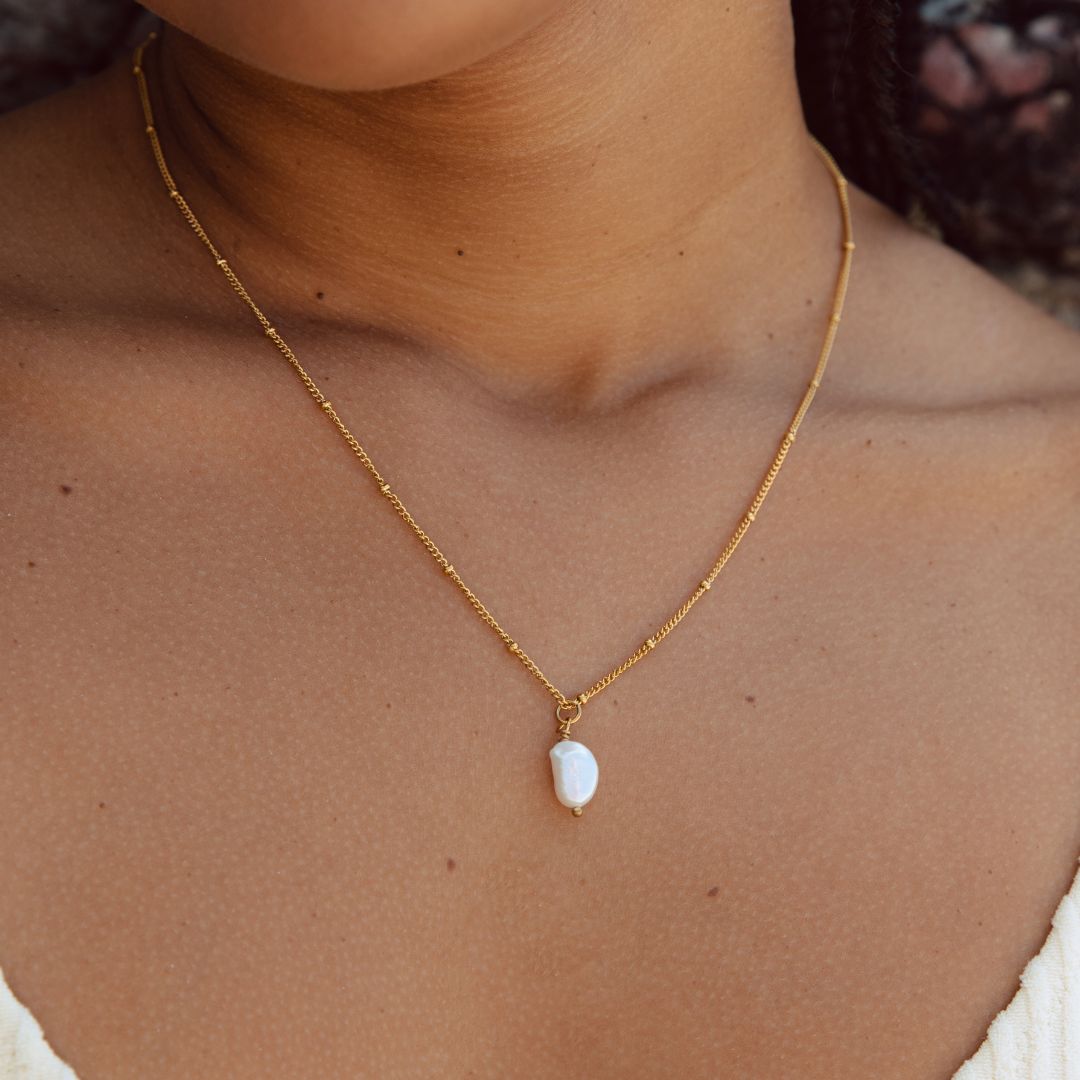

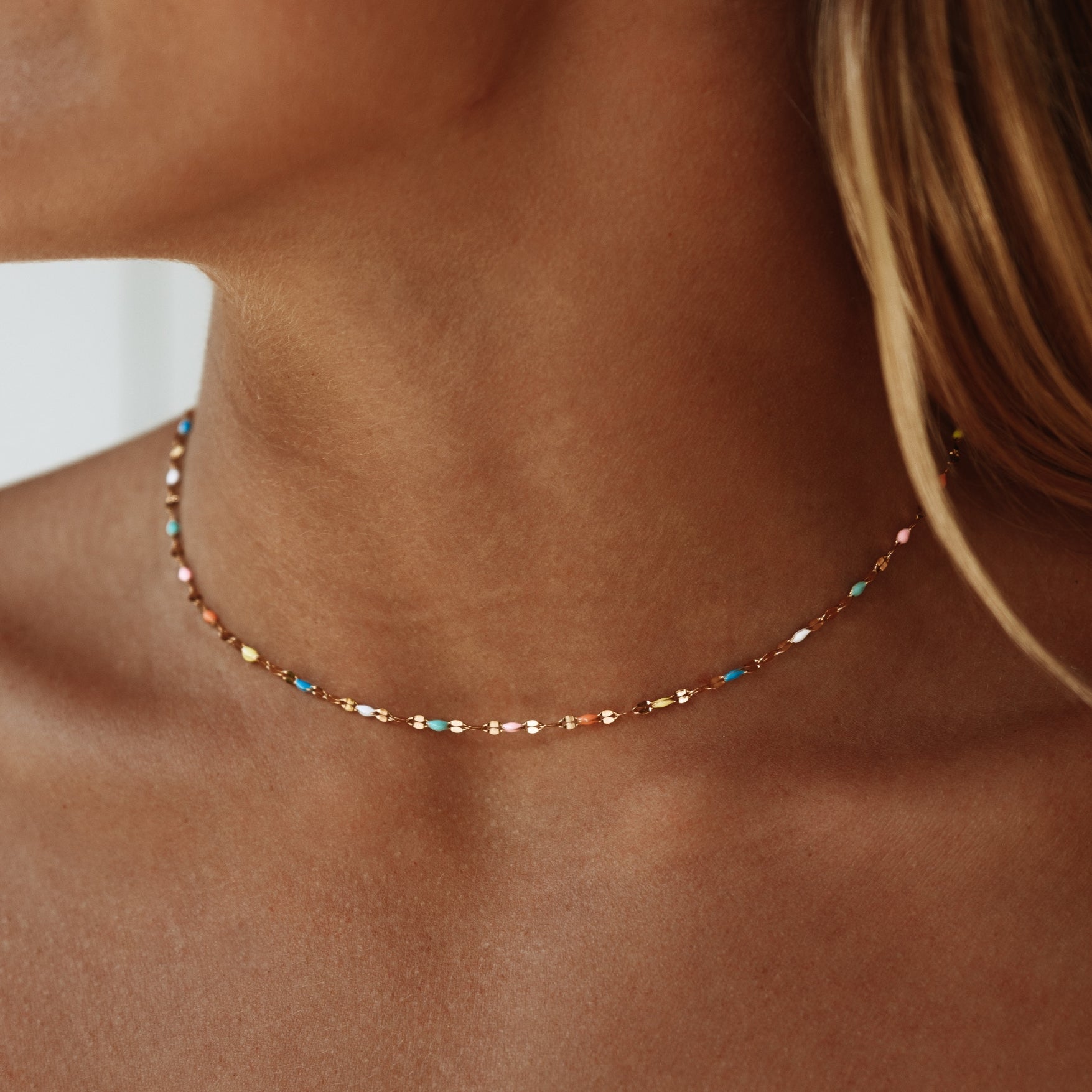


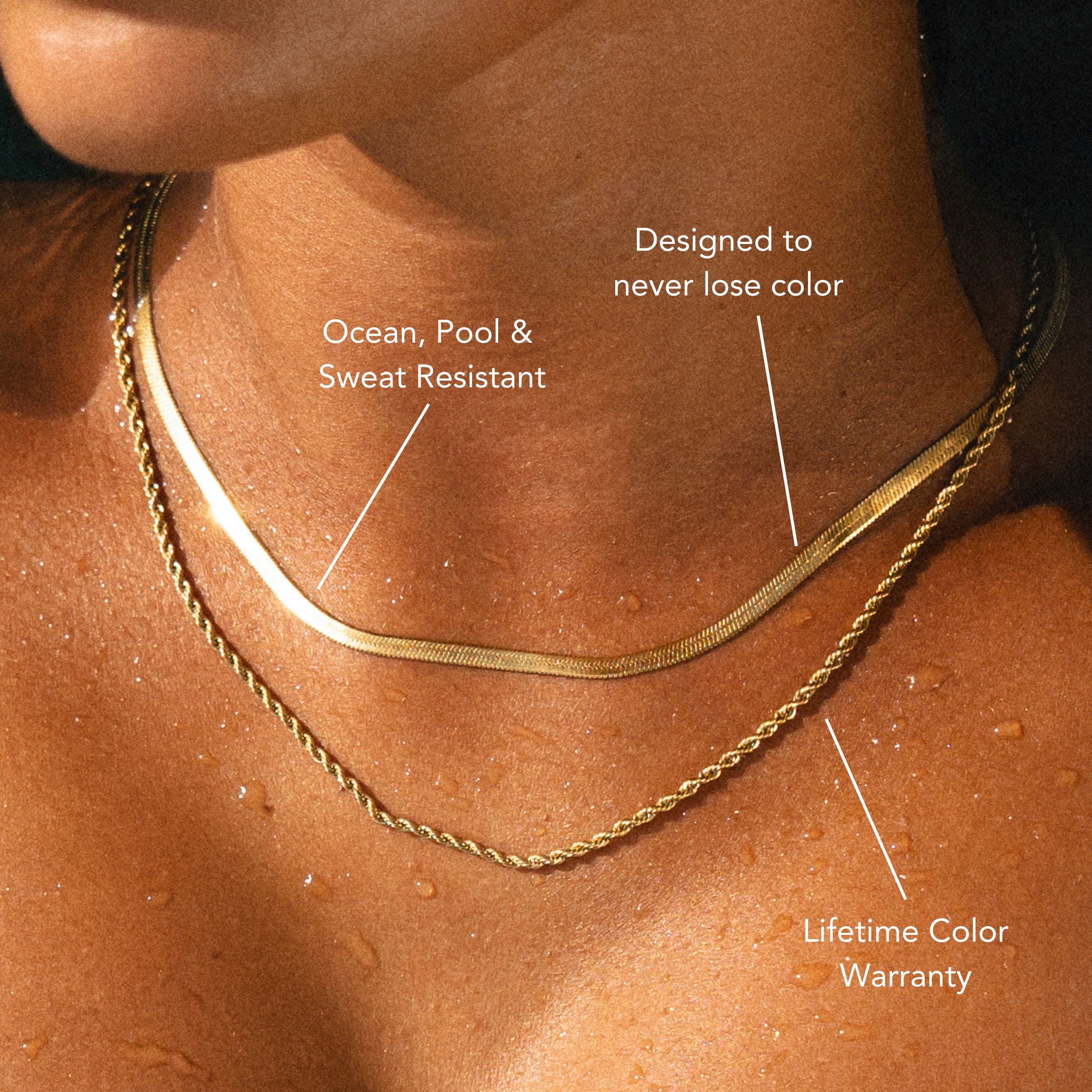
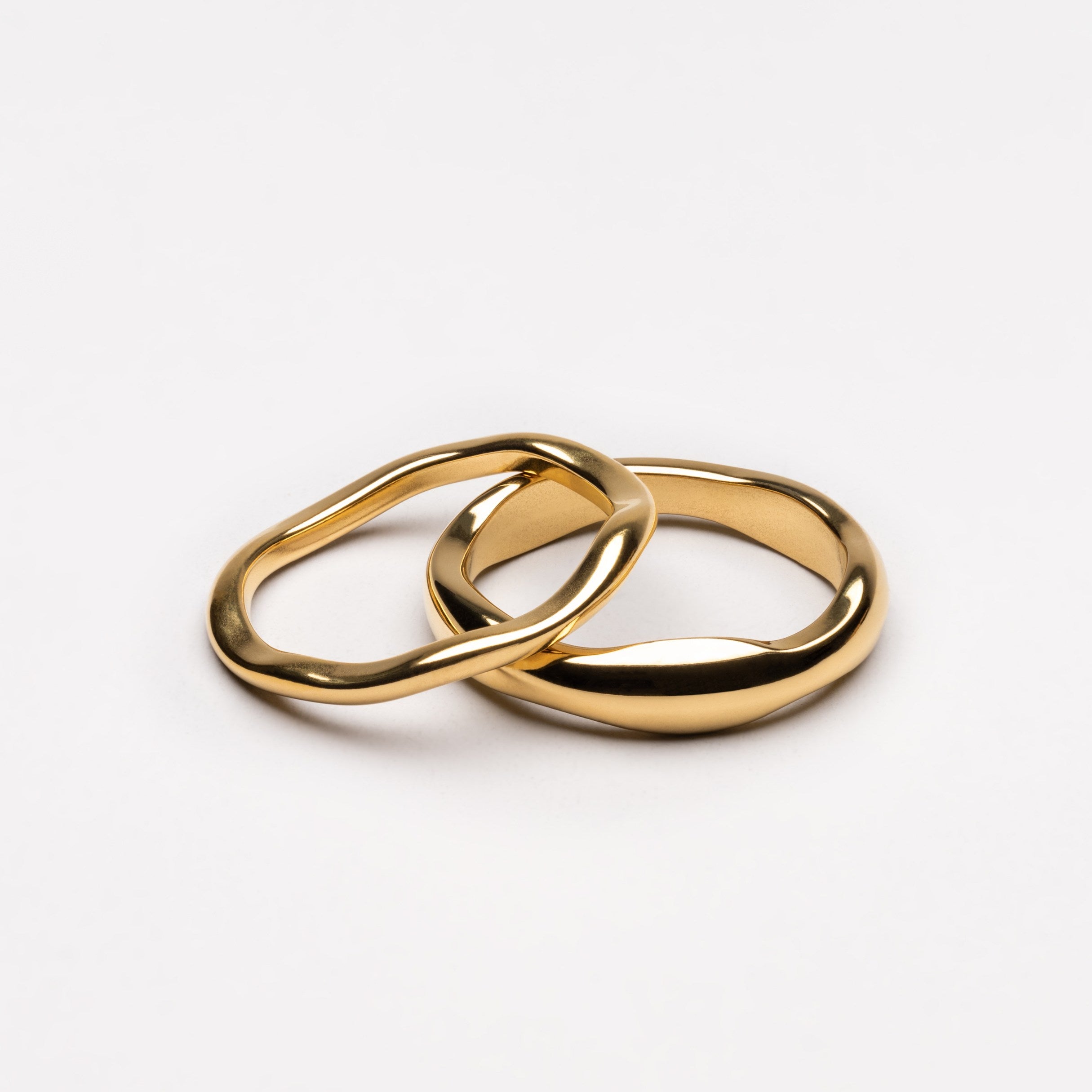


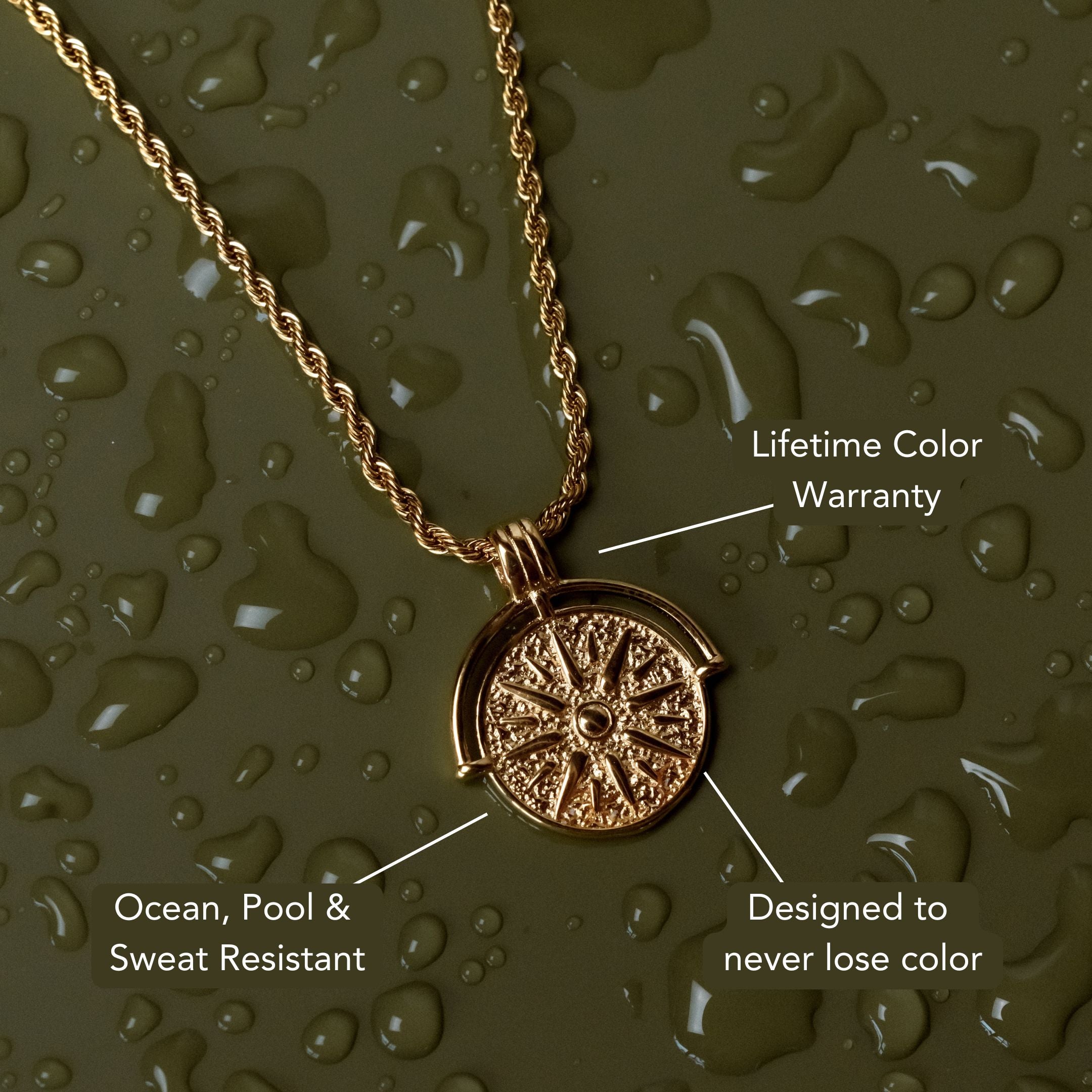
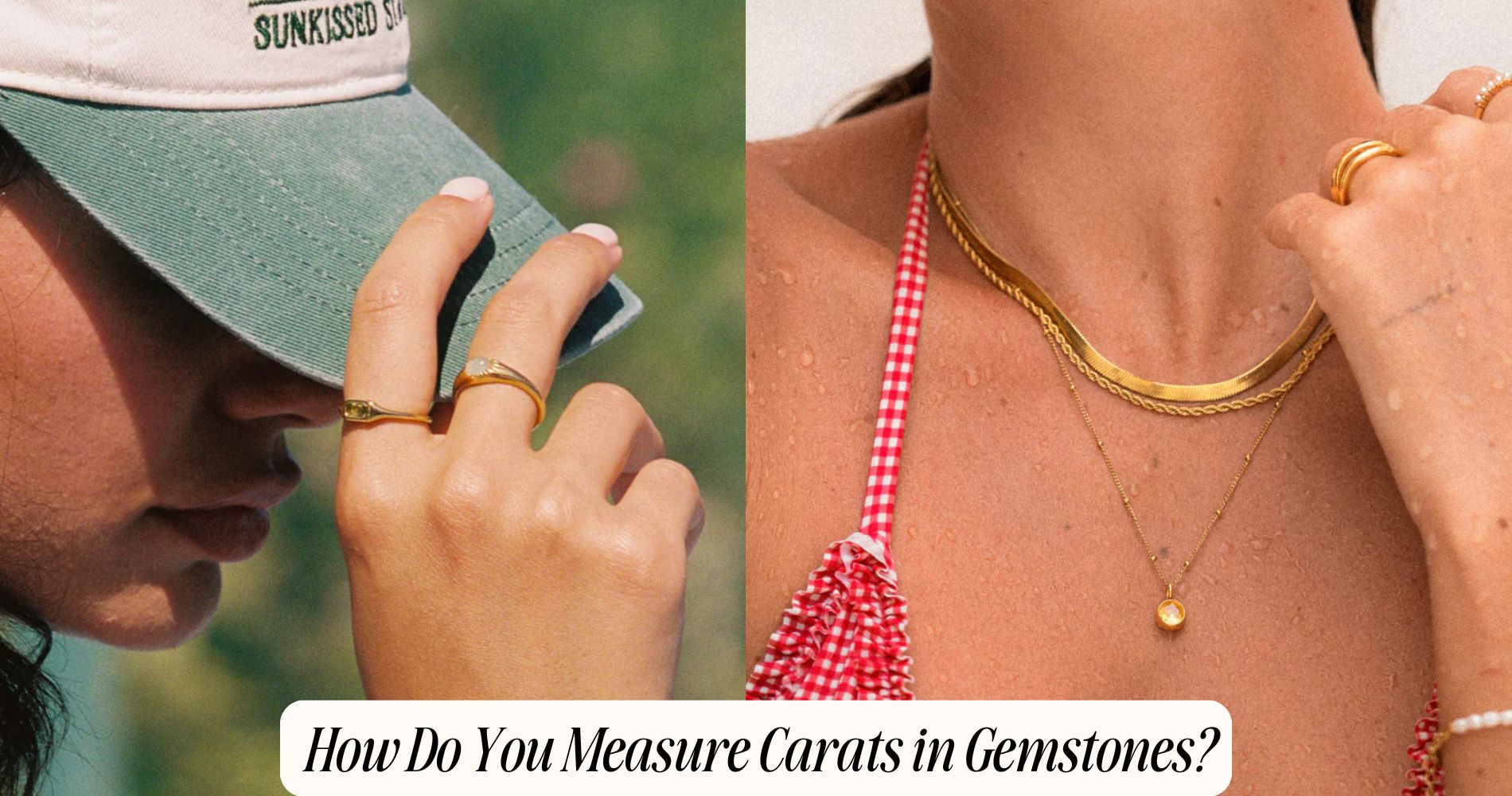
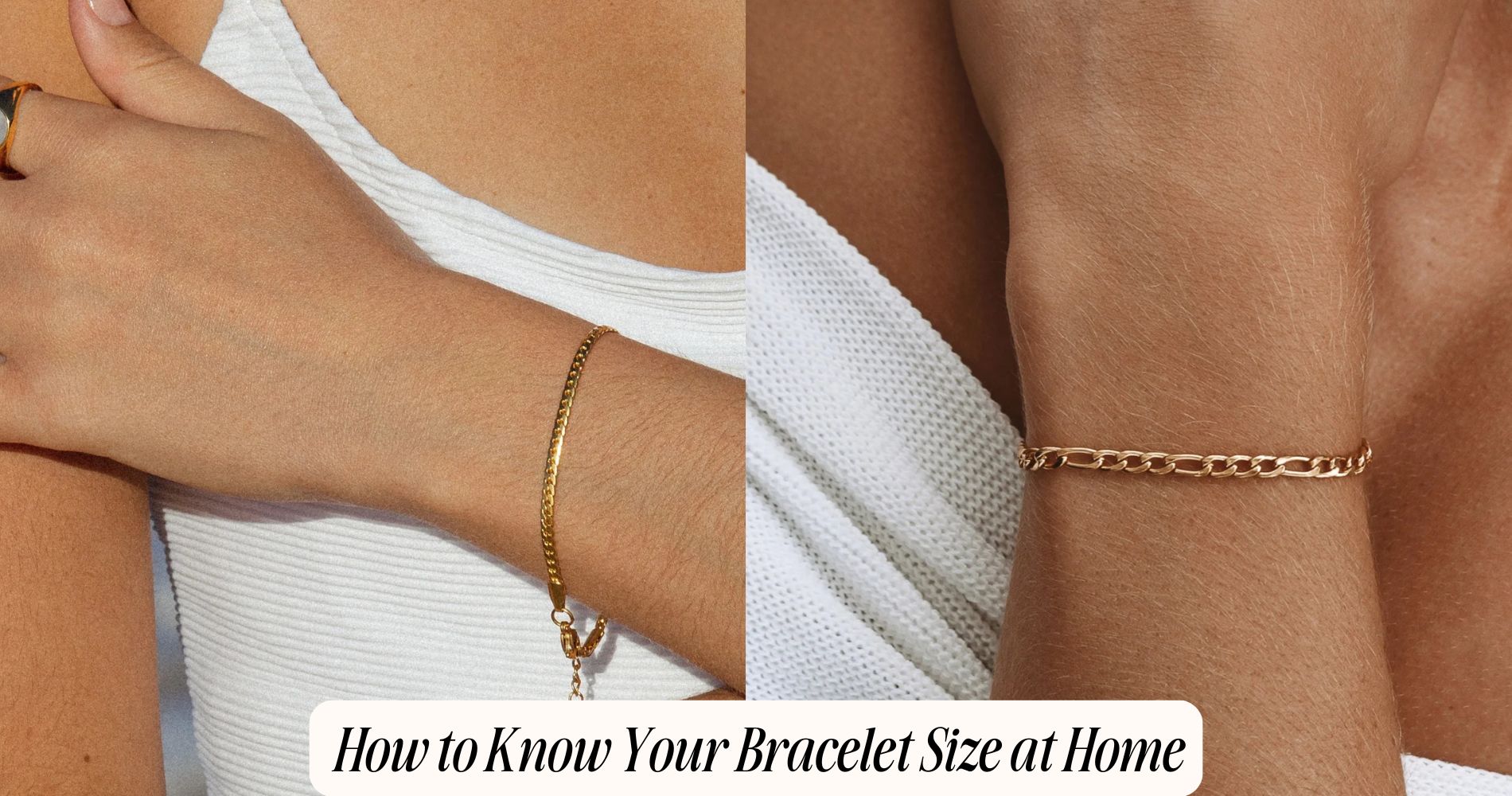




コメントを書く
このサイトはhCaptchaによって保護されており、hCaptchaプライバシーポリシーおよび利用規約が適用されます。